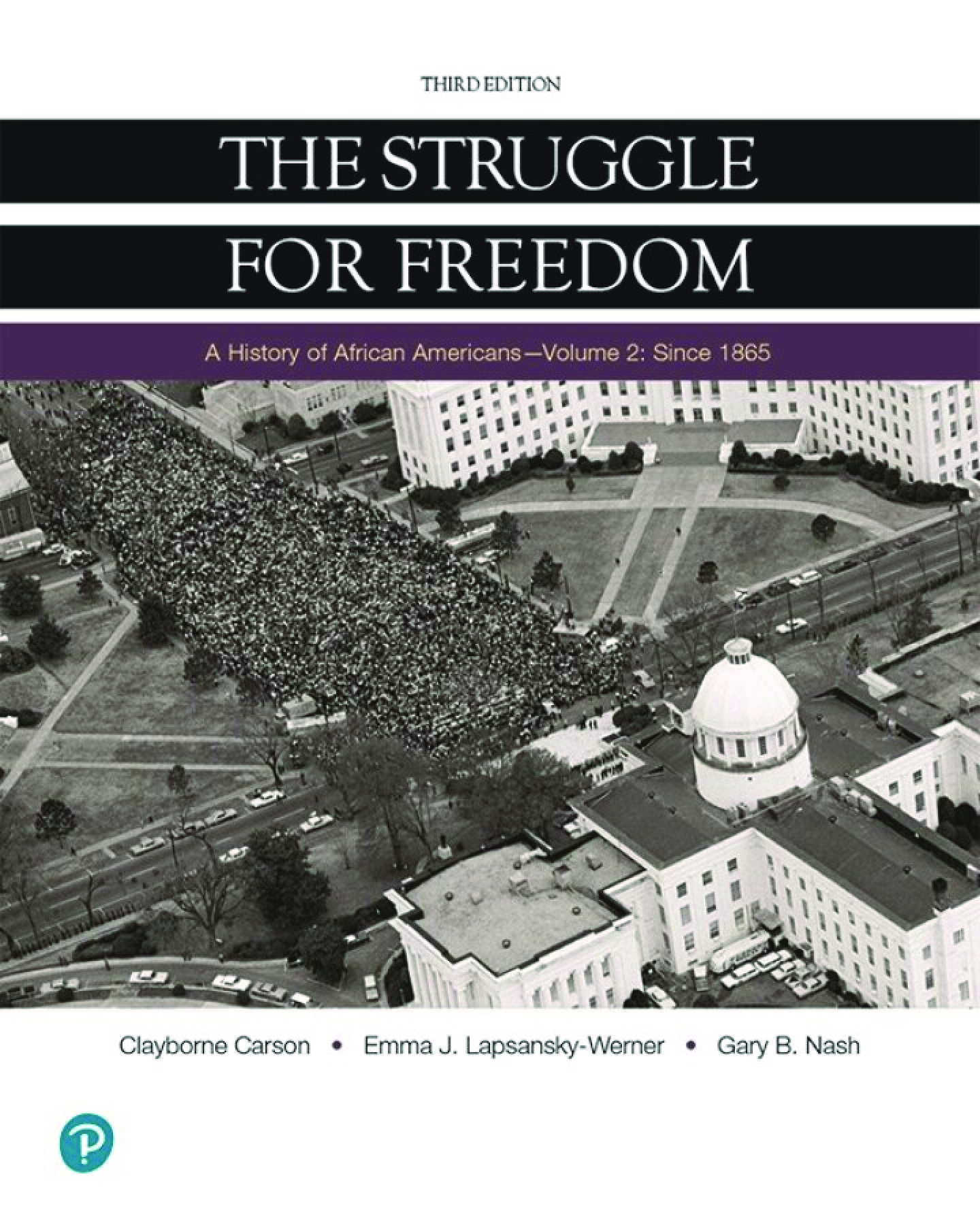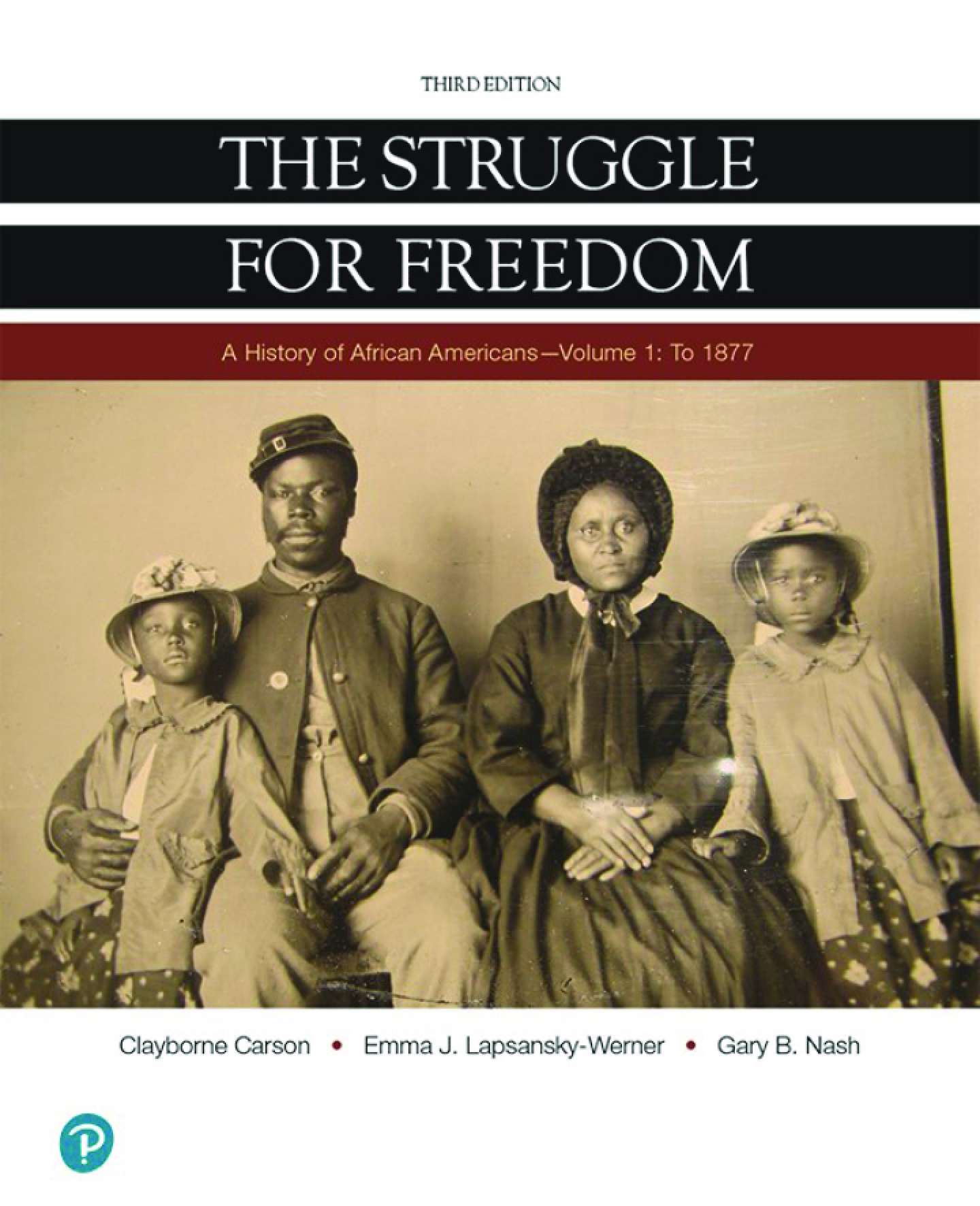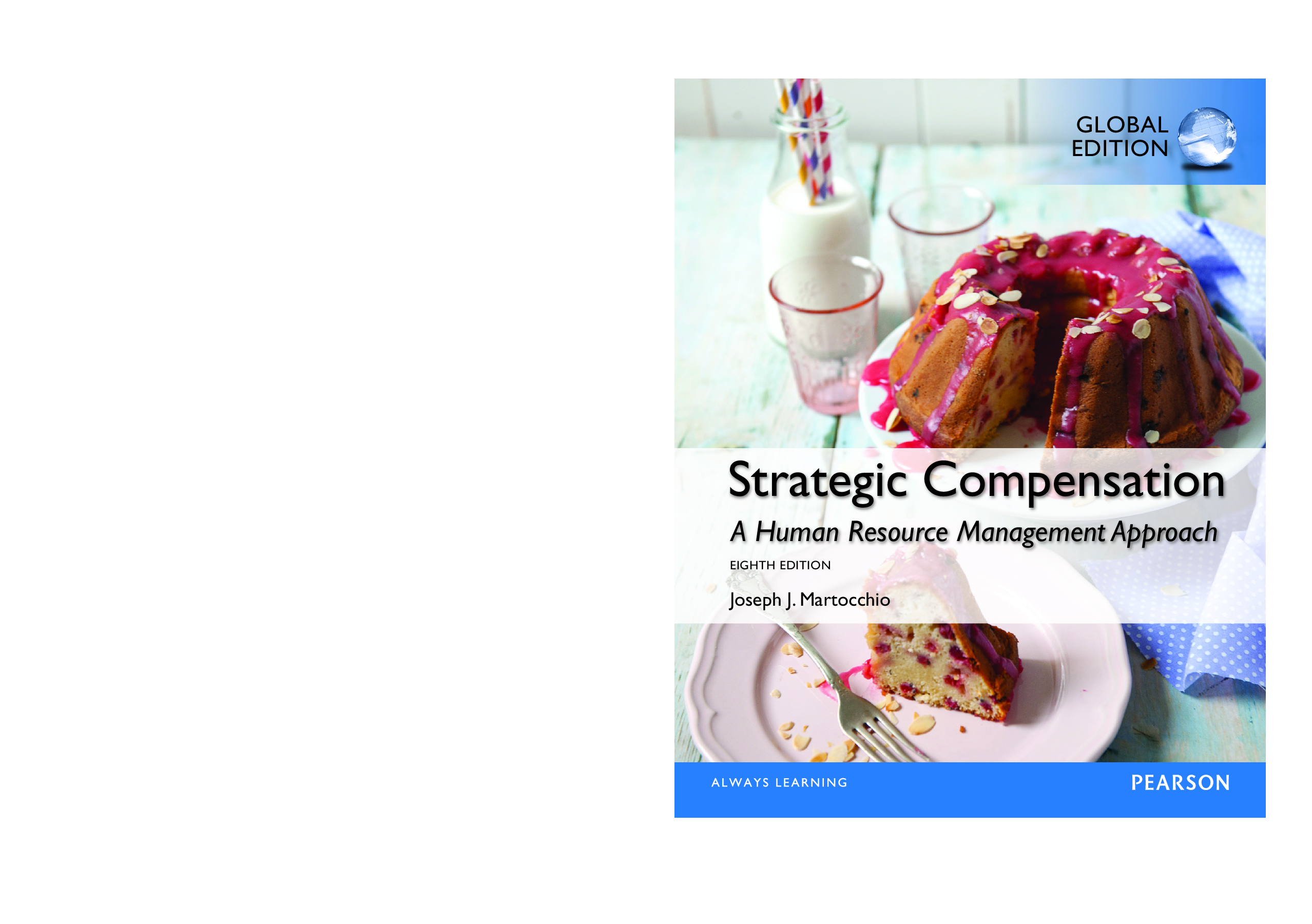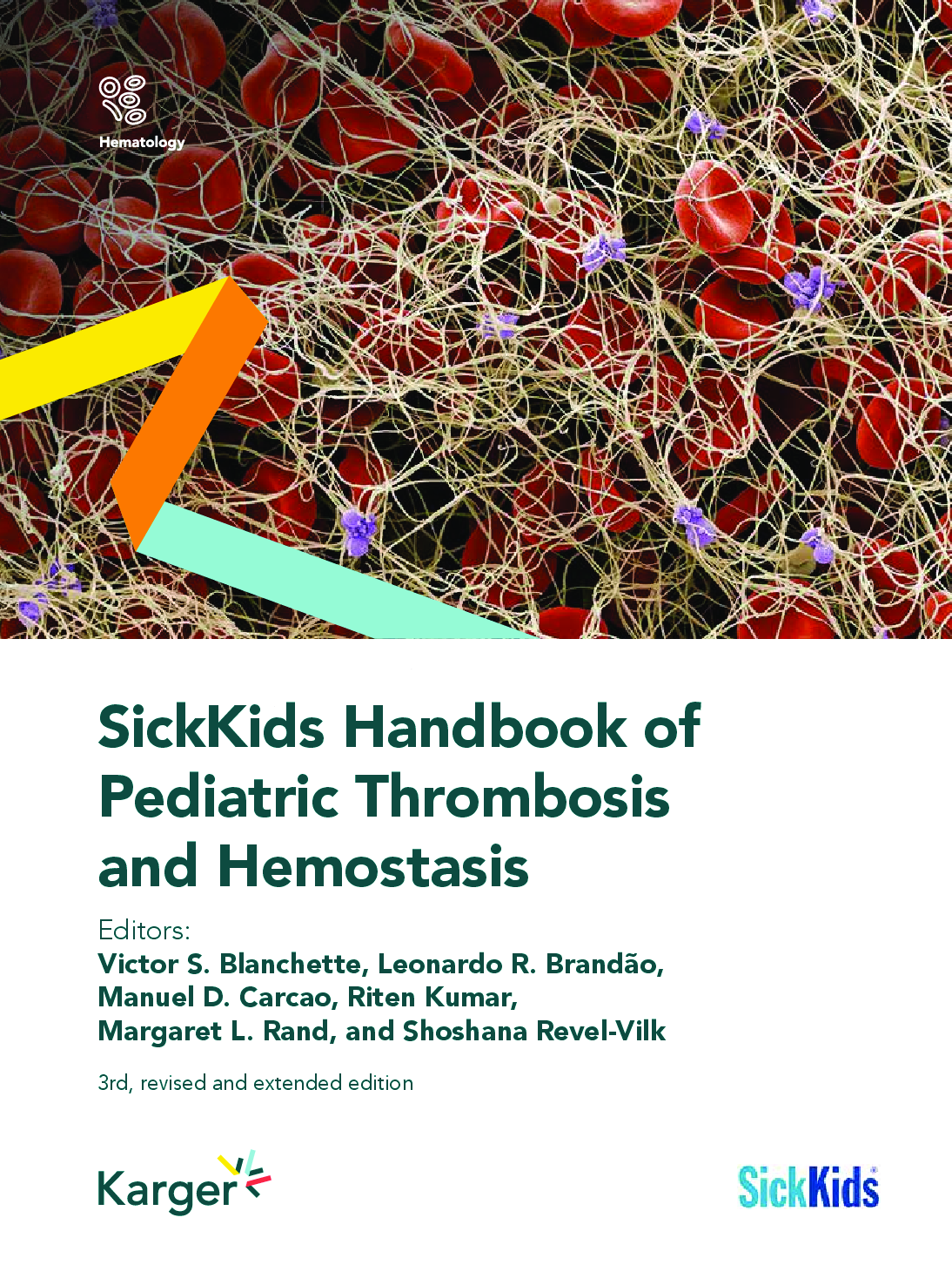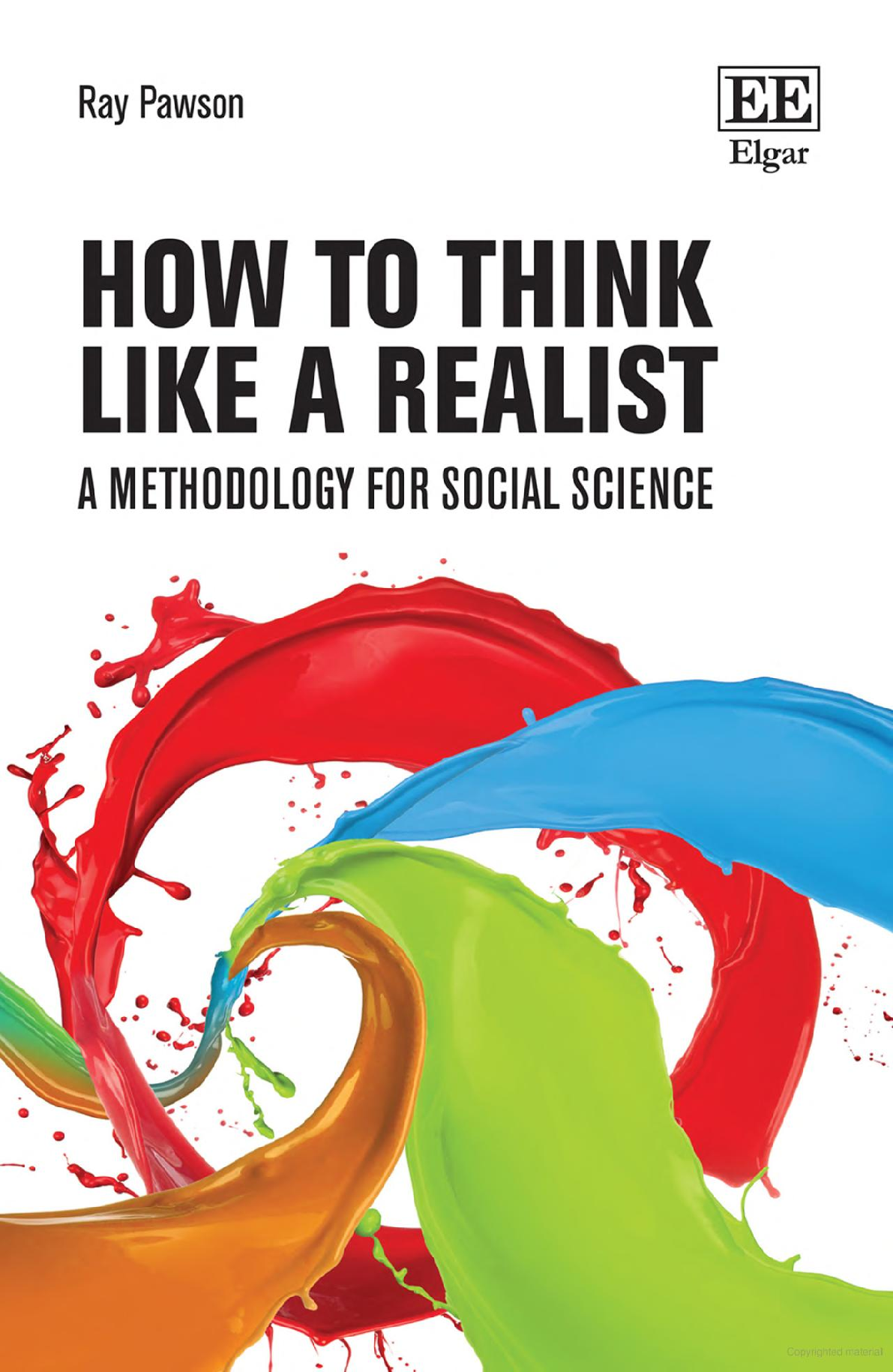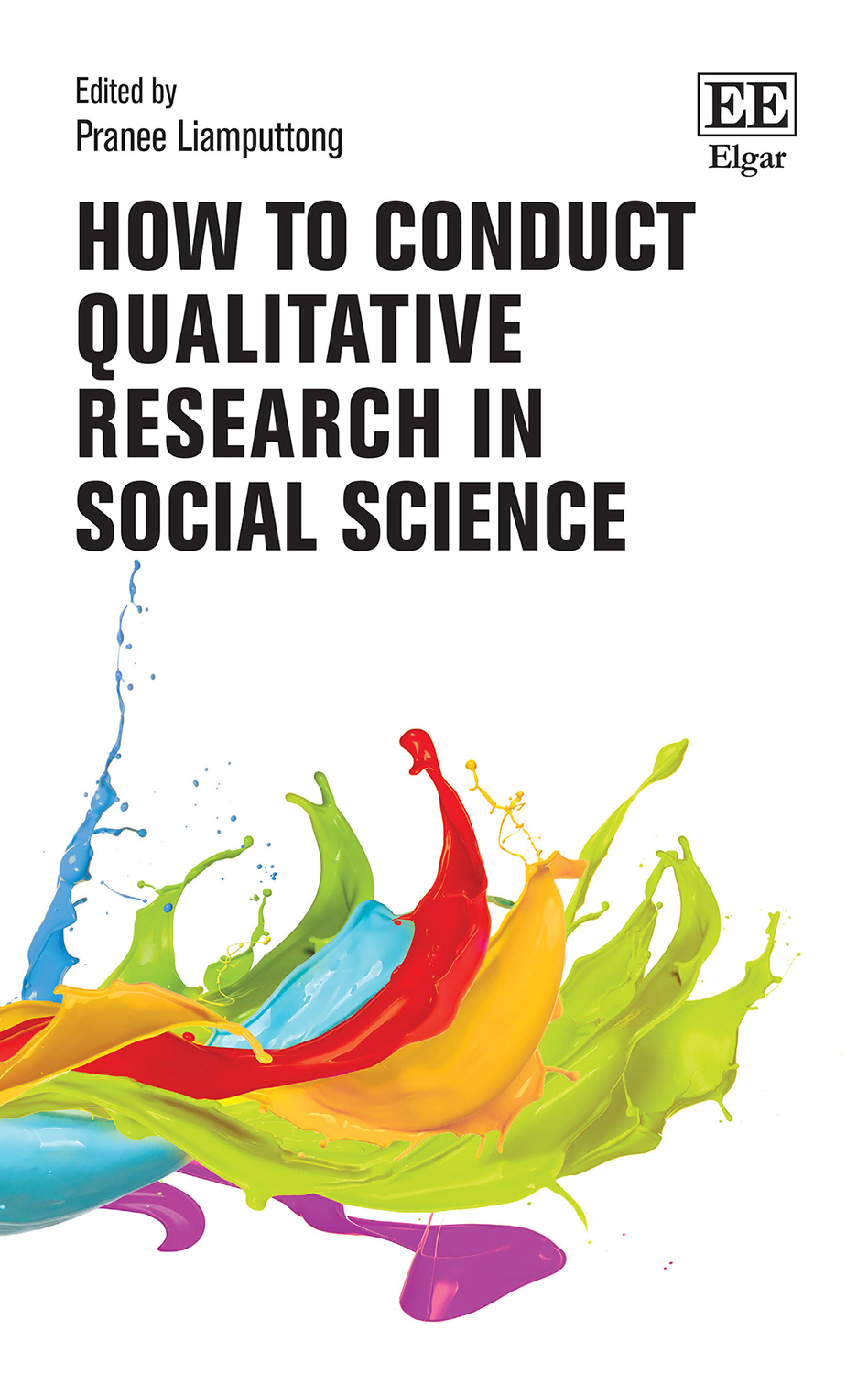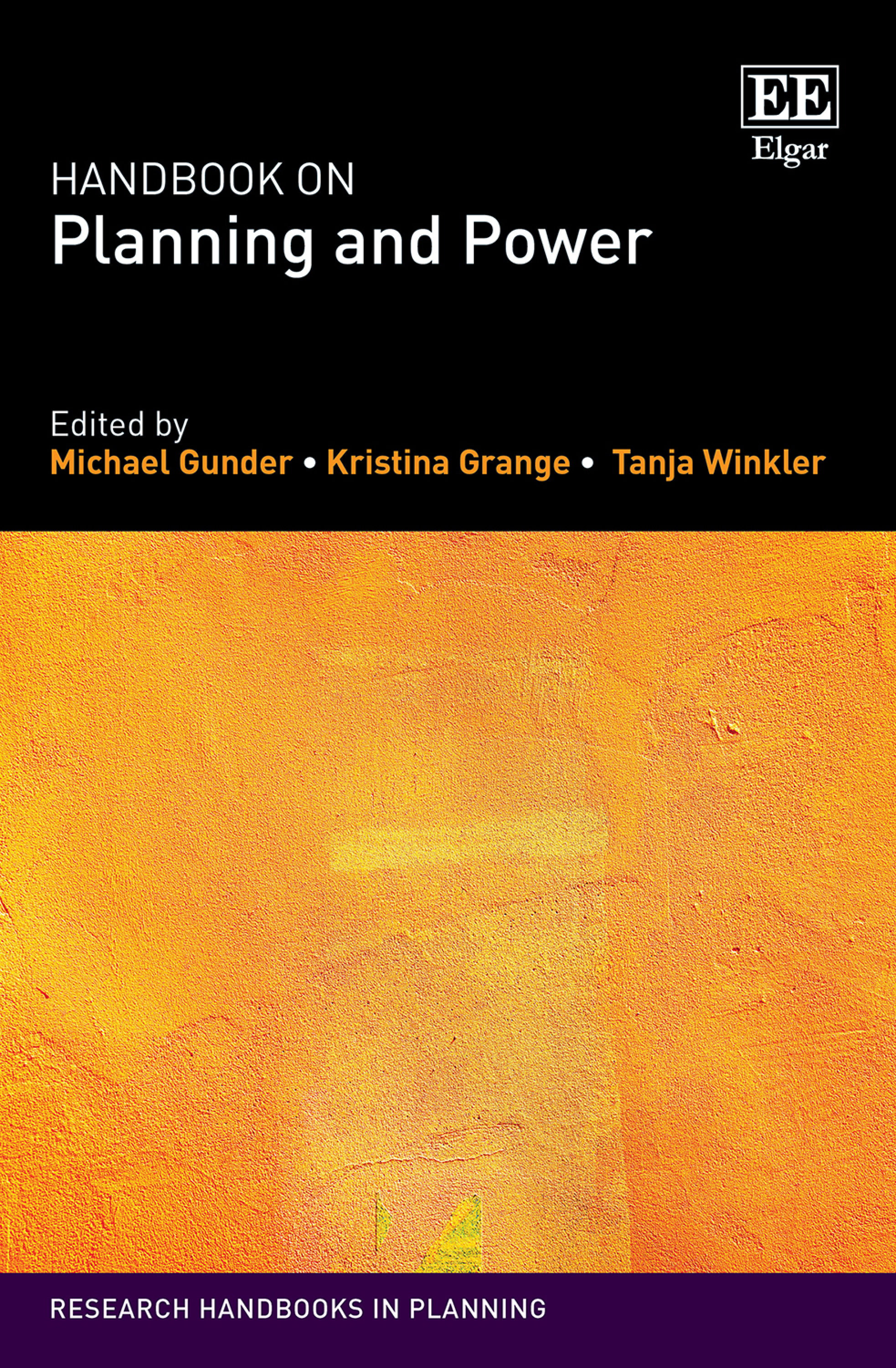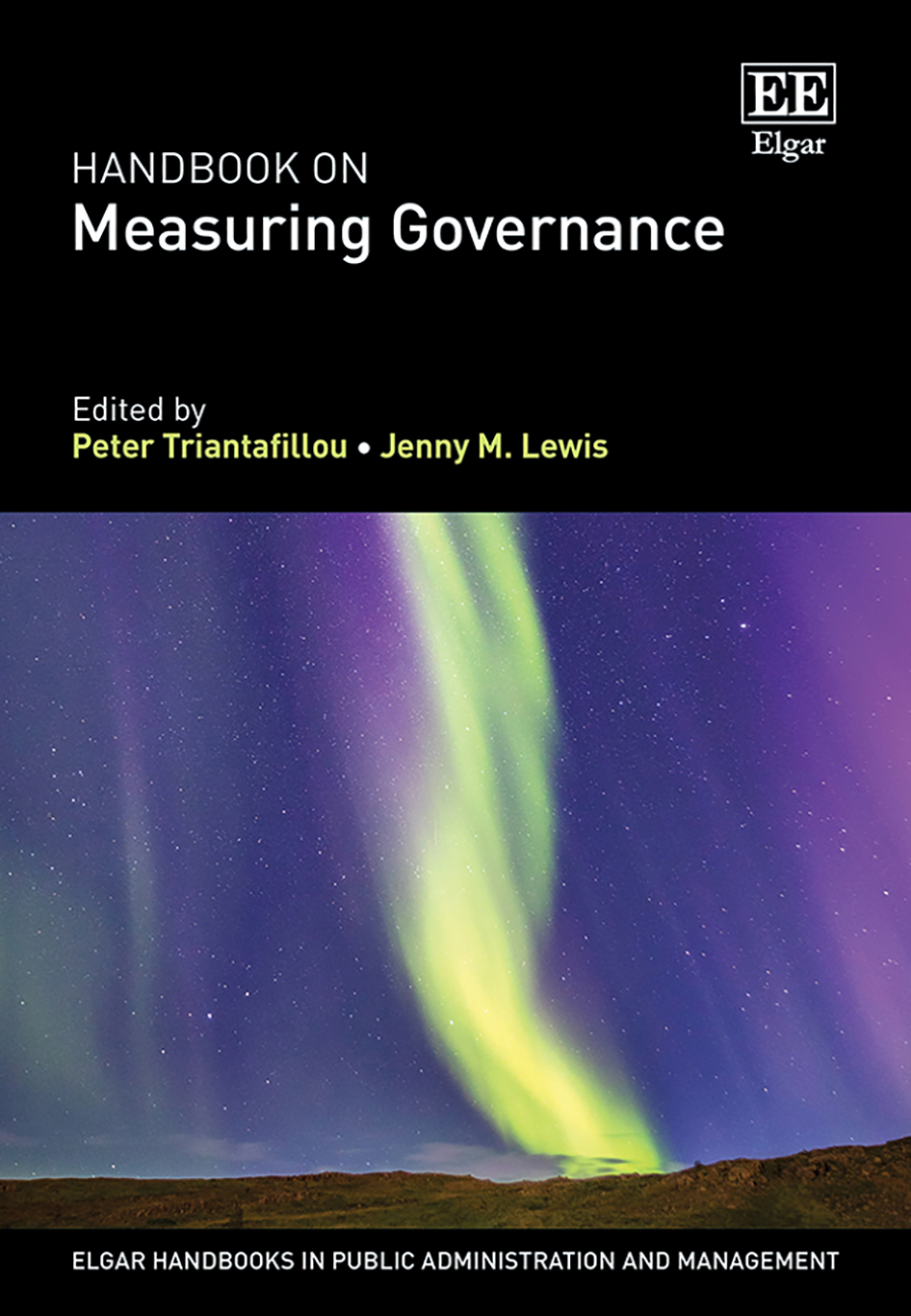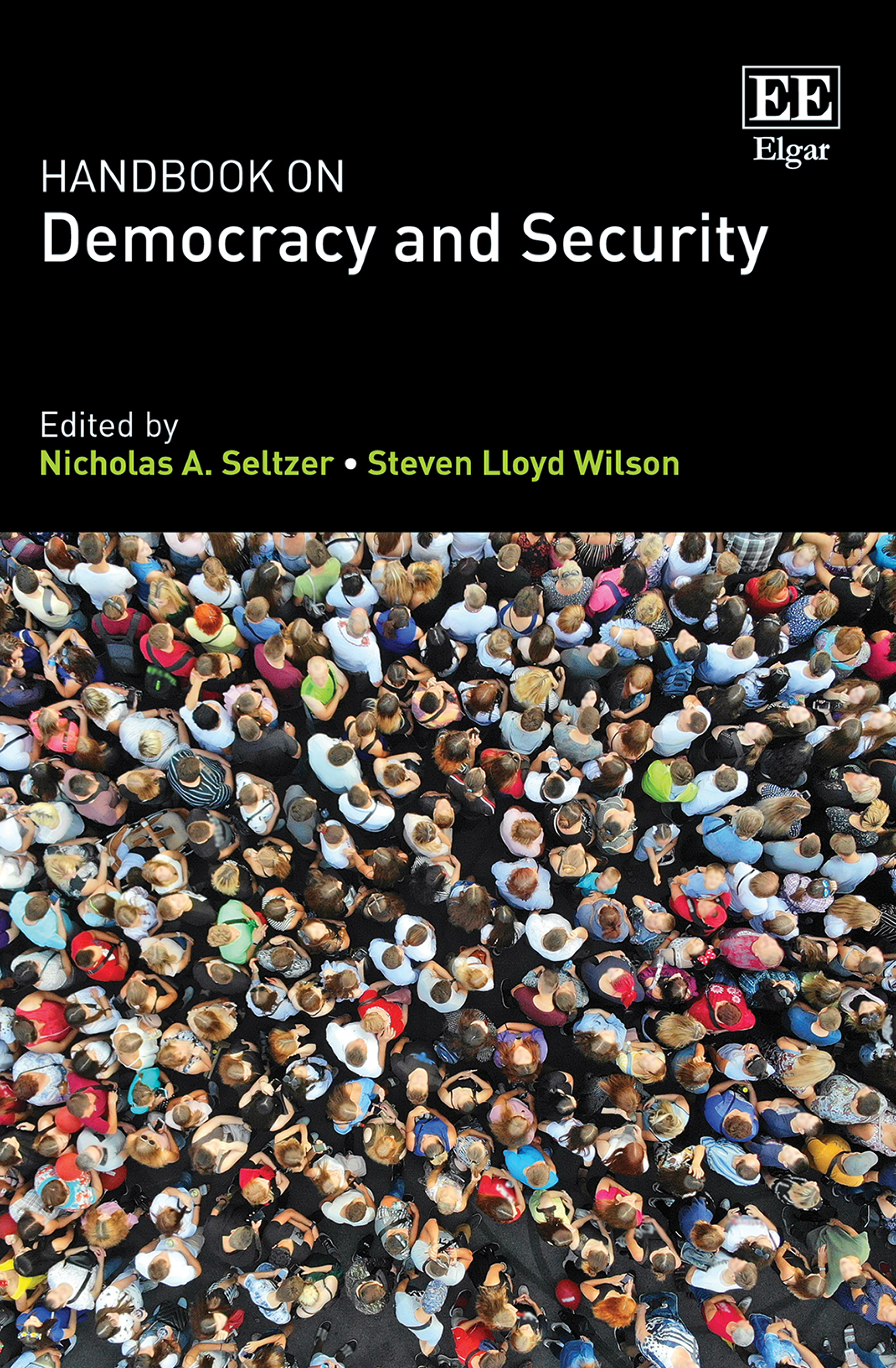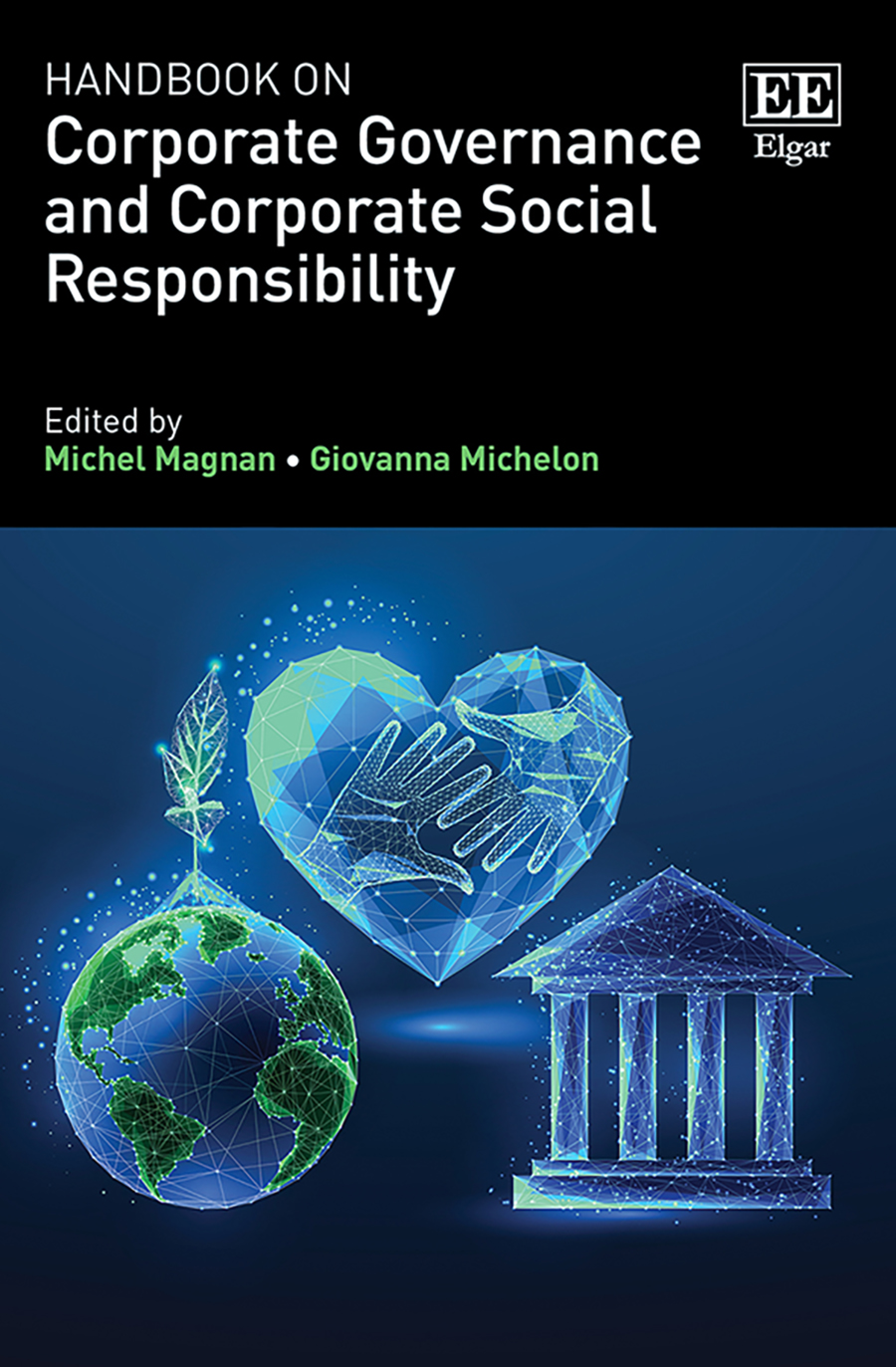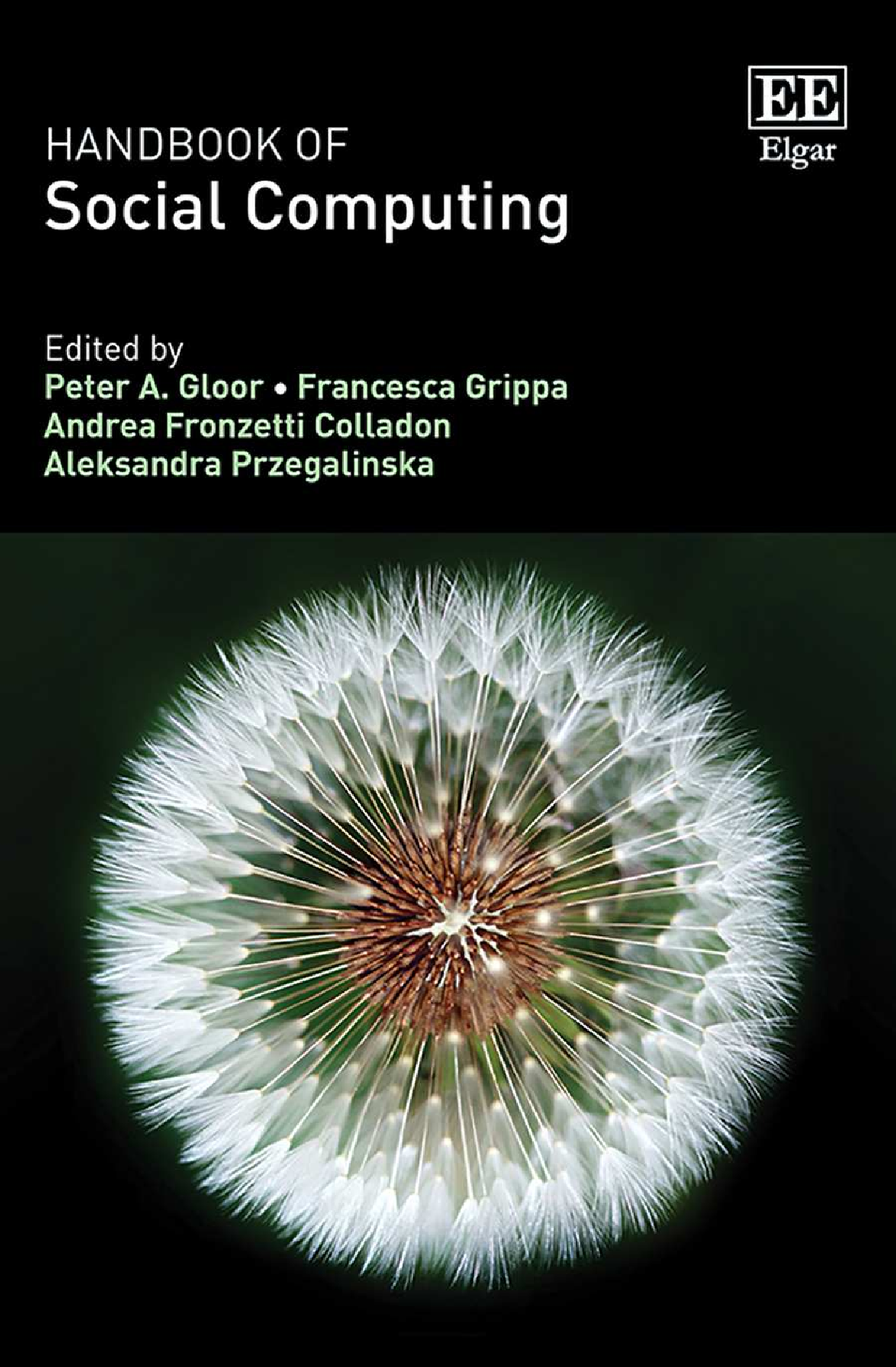[eBook] [PDF] Introduction to Law for Paralegals A Critical Thinking Approach 7th Edition By Currier, Eimermann
Document Content and Description Below
Cover Page
Front Matter
Title Page
Copyright Page
About Aspen Publishing
Dedication
About the Authors
Summary of Contents
Contents
List of Illustrations
Preface
Acknowledgments
Part 1: Par
...
alegals and the American Legal System
Chapter 1: Introduction to the Study of Law
Chapter Objectives
Introduction
Case 1: The Distressed Grandfather
Case 2: The Harassed Student
A. Legal Analysis
1. Gathering and Analyzing the Facts
2. Conducting Legal Research to Identify the Appropriate Legal Rules
Practice Tip
3. Applying the Legal Rules to the Facts
NetNote
Discussion Questions 1-2
Legal Reasoning Exercise 1
4. Reporting the Results
B. Taking Actions on Behalf of the Client
Ethics Alert
Legal Reasoning Exercise 2
Summary
Review Questions
Web Exercises
Chapter 2: Paralegals in the Legal System
Chapter Objectives
Introduction
A. Paralegals and Lawyers
Discussion Question 1
B. Paralegals and Other Law-Related Paraprofessionals
1. Traditional Paralegals
Paralegal Profile: Karen Decrescenzo
2. Freelance/Independent Paralegals
Paralegal Profile: Jennifer Lerner
3. Document Preparers, Limited Licensed Legal Technicians, and Lay Advocates
4. Other Law-Related Employment
Practice Tip
Discussion Question 2
Paralegal Profile: Curtis A. Linder
C. Paralegal Education
1. Basic Qualifications
2. Formal Paralegal Education
3. The ABA Approval Process
Paralegal Profile: Susan Wozniak
4. American Association for Paralegal Education
D. Paralegal Professional Associations
Practice Tip
Paralegal Profile: Laurie Roselle
E. Registration, Certification, and Licensure
1. Registration
2. Certification
Ethics Alert
3. Licensing: Paralegals Who Work under the Supervision of a Lawyer
Discussion Questions 3
F. What Paralegals Do
1. Communications with Clients
2. Research
Ethics Alert
Practice Tip
3. Drafting
4. Case Management
Paralegal Profile: Amy J. Inlander
Summary
NetNote
Review Questions
Web Exercises
Chapter 3: Sources of Law
Chapter Objectives
Introduction
Case 3: The Pregnant Waitress
A. Constitutional Law
1. Organizational Structure of Government
Discussion Question 1
2. Protection of Individual Rights
3. State Constitutions
Practice Tip
NetNote
B. Statutory Law
C. Administrative Law
1. Administrative Agencies
Practice Tip
Discussion Question 2
2. Executive Orders
Discussion Question
D. Judicial Interpretation and the Common Law
1. Common Law
2. Equity
Discussion Question
E. The Hierarchy of Laws
Legal Reasoning Exercises 1–2
Summary
Review Questions
Web Exercises
Chapter 4: Classification of the Law
Chapter Objectives
Introduction
Case 4: The Boston Marathon Bombings
A. Federal versus State Law
1. Federal Law
2. State Law
3. The Supremacy Clause and Preemption
4. Application of Federal versus State Law
5. Summary
Discussion Questions 1–2
Legal Reasoning Exercise 1
B. Criminal versus Civil Law
1. A Comparison of Criminal and Civil Law
a. Type of Harm
b. Names of the Parties and the “Prosecutor” of the Claim
c. Standard of Proof
Discussion Questions 3–5
d. Judgment
e. Sanctions/Remedies
Practice Tip
f. Sources of Law
g. Summary
2. Criminal Law
a. Types of Crimes
b. Establishing a Prima Facie Case
Legal Reasoning Exercise 2
c. Defenses
3. Civil Law
a. Establishing a Prima Facie Case
b. Defenses
c. Damages
d. Areas of Civil Law
(1) Contract Law
(2) Property Law
(3) Tort Law
Ethics Alert
Case 5: Mr. Whipple
Legal Reasoning Exercise 3
C. Substantive versus Procedural Law
Legal Reasoning Exercise 4
Summary
Review Questions
Web Exercises
Chapter 5: Courts
Chapter Objectives
Introduction
Case 6: Alibi to a Murder
A. Trial versus Appellate Courts
1. Trial Courts
Legal Reasoning Exercises 1–2
2. Appellate Courts
a. Questions of Law
b. Reversible Errors
c. The Structure of Appellate Decisions
3. Conclusion
Discussion Questions 1–2
B. Federal and State Court Systems
1. The Federal System
a. U.S. District Courts
b. U.S. Courts of Appeals (Circuit Courts)
c. U.S. Supreme Court
NetNote
Discussion Questions 3–4
d. Other Federal Courts
Practice Tip
2. State Court Systems
NetNote
Discussion Questions 5–6
3. Choice of State or Federal Court
Discussion Question 7
Legal Reasoning Exercise 3
C. Court Personnel
Practice Tip
Summary
Review Questions
Web Exercises
Chapter 6: Civil Litigation and Its Alternatives
Chapter Objectives
Introduction
Case 1: The Distressed Grandfather
Case 3: The Pregnant Waitress
A. Alternative Dispute Resolution (ADR)
1. Mediation
NetNote
2. Arbitration
3. Role of Paralegals in ADR
4. Evaluation of ADR Techniques
Discussion Questions 1–2
Case 1: The Distressed Grandfather
B. Litigation
Practice Tip
1. The Pretrial Stage
a. Preliminary Matters
Practice Tip
(1) Legal Grounds for the Suit
NetNote
Practice Tips
(2) Parties to the Suit
(a) Standing
(b) Legal Competence
(c) Class Action Lawsuits
Discussion Question 3
(d) Selecting the Appropriate Defendants
(3) Selection of the Court
(a) Subject Matter Jurisdiction
(b) Personal Jurisdiction
Case 1: The Distressed Grandfather
(4) Statutes of Limitations
(5) Exhaustion of Administrative Remedies
Practice Tip
Case 3: The Pregnant Waitress
Discussion Questions 4–5
Case 1: The Distressed Grandfather
b. Pleadings
(1) The Complaint
Practice Tip
Discussion Question 6
NetNote
Ethics Alert
(2) The Summons
Case 1: The Distressed Grandfather
Practice Tip
(3) The Answer
(a) Deny the Facts That the Plaintiff Says Took Place
(b) Admit the Facts But Assert That Those Facts Do Not Provide the Plaintiff with a Legal Remedy
(c) Claim that Additional Facts Give Rise to an Affirmative Defense
(d) Assert That There Are Procedural Defects in the Complaint
(e) Bring a Claim of One’s Own Against Either the Plaintiff or Another Defendant
(f) Take No Action
c. Pretrial Motions to End Part or All of the Litigation
(1) Rule 12 Motions to Dismiss
(2) Rule 56 Motions for Summary Judgment
(3) Appealing a Summary Judgment or Motion to Dismiss
Case 1: The Distressed Grandfather
Legal Reasoning Exercise
d. Discovery
Paralegal Profile: Alice Staley
(1) Interrogatories
Discussion Question
(2) Depositions
Practice Tip
Case 1: The Distressed Grandfather
(3) Requests for Admissions
(4) Requests for Documents and Physical Examinations
(5) Electronic Discovery
Ethics Alert
(6) Preservation of Potential Evidence
(7) Enforcing Discovery Rights
Practice Tip
Discussion Question 8
e. Settlement or Pretrial Conference
2. The Trial
a. The Right to a Jury Trial
Practice Tip
b. Jury Selection
Discussion Questions 9–10
Practice Tip
c. Opening Statements
Practice Tip
d. Presentation of Evidence
Case 1: The Distressed Grandfather
Discussion Questions 11–12
e. Closing Arguments
f. Jury Instructions
g. Jury Deliberations, Verdict, and Judgment
h. Post-Trial Motions
3. The Appeal
a. The Timing and Filing of the Appeal
b. The Scope of the Review
c. Oral Arguments
NetNote
d. The Decision and Its Publication
e. Further Appeals
Paralegal Profile: Carolyn Pitts
Summary
Review Questions
Web Exercises
Part 2: Finding and Analyzing the Law
Chapter 7: Finding and Interpreting Enacted Law
Chapter Objectives
Introduction
Case 7: The Clearance Sale
A. Locating Relevant Statutes
NetNote
B. Statutory Interpretation
Practice Tip
NetNote
1. Determine the Statute’s Applicability to Your Client’s Facts
2. Divide the Statute into Its Elements
3. Identify the Issues
Legal Reasoning Exercise 1
a. Look for Definitions
b. Look to Prior Court Decisions
(1) Plain Meaning
(2) Legislative History
Practice Tip
Legal Reasoning Exercise 2
(3) Canons of Construction
Legal Reasoning Exercises 3–4
(4) A Note on Judicial Philosophy
4. Conclude
Discussion Question 1
Legal Reasoning Exercise 5
C. Locating and Interpreting Administrative Regulations
D. Locating and Interpreting Constitutions
1. Locating Constitutions
2. Constitutional Interpretation
Discussion Question
E. Written Analysis: Using IRAC
Case 8: The Book Battery
1. Issue
2. Rule
3. Analysis
4. Conclusion
Legal Reasoning Exercise
Summary
Review Questions
Web Exercises
Chapter 8: Finding and Interpreting Court Opinions
Chapter Objectives
Introduction
Case 9: The Teen Bullies
A. Locating Court Opinions
NetNote
B. Persuasive Versus Mandatory Authority
Legal Reasoning Exercise
C. Case Briefing
1. The Elements of a Court Opinion
a. Preliminary Material and West Editorial Features
b. Facts of the Case
c. The Body of the Opinion
2. An Overview of Case Briefing
3. Format for a Case Brief
Jim Jones v. Sam Smith
a. Case Citation
b. Facts
c. Rule
d. Issue
e. Holding
f. Reasoning
g. Criticism
3. Seven Hints for Better Brief Writing
a. Read the Case First, Then Brief
b. Develop a Workable Style
c. Write Based on the Needs of Your Reader
d. Cross-reference
Practice Tip
e. Paraphrase
f. Use a Dictionary
g. Use but Do Not Be Misled by the Court’s Choice of Terminology
Legal Reasoning Exercise
People of the State of Illinois v. Gary Blair and Jimmy Duncil
D. Briefing the Various Types of Court Opinions
1. Briefing Cases Involving Statutes
a. Interpreting a Statute
McBoyle v. United States
Case Discussion Questions
b. Ruling on a Statute’s Constitutionality
Texas v. Johnson
Case Discussion Questions
Discussion Question 1
2. Briefing Cases Involving the Common Law
a. Applying Established Law
Keller v. DeLong
Case Discussion Questions
Legal Reasoning Exercises 2-3
b. Creating New Law
Callow v. Thomas
Case Discussion Questions
Legal Reasoning Exercise 4
Lewis v. Lewis
Case Discussion Questions
Legal Reasoning Exercise
E. The Power of Judges to Make New Law
Summary
Review Questions
Web Exercises
Chapter 9: Applying the Law
Chapter Objectives
Introduction
Case 10: The Warrantless Search
A. Predicting the Outcome in Your Client’s Case
Chambers v. Maroney
Case Discussion Questions
1. Looking for Analogies and Distinctions
a. Determine Whether the Governing Rules of Law and Issues Are the Same in Both Cases
Ethics Alert
b. Decide Which Facts Are the Key Facts in the Prior Case
c. Decide How Those Facts Are Similar to or Different from the Facts of Your Client’s Case
d. Explain Why Those Similarities or Differences Matter
2. Selecting among Precedents
B. The Format for a Written Analysis
1. Using IRAC
Ethics Alert
Practice Tip
2. Synthesizing Cases
Legal Reasoning Exercises 1–3
C. Internal Office Memoranda
1. Format and Content
a. Heading
b. Question Presented (Issue)
c. Brief Answer
d. Facts
e. Applicable Statutes
f. Discussion
Practice Tip
g. Conclusion
2. Sample Law Office Memorandum
D. Limitations on the Role of Paralegals in Legal Research and Analysis
Summary
Review Questions
Web Exercises
Part 3: Legal Ethics and Substantive Law
Chapter 10: Legal Ethics
Chapter Objectives
Introduction
Case 11: The Ethically Challenged Paralegal
A. The American Bar Association’s Model Rules of Professional Conduct
NetNote
Discussion Questions 1–2
B. Ethical Codes Governing Paralegal Conduct
NetNote
C. The Big Three: Confidentiality, Conflict of Interest, and the Unauthorized Practice of Law
1. Client Confidentiality and Attorney-Client Privilege
a. Ethical Rules on Confidentiality
Ethics Alert
Discussion Questions 3–6
b. Attorney-Client Privilege
People v. Mitchell
Case Discussion Questions
Discussion Questions 7–9
2. Conflict of Interest
a. Concurrent Representation/Actual Conflict
b. Concurrent Representation/Potential Conflict
c. Successive Representation
d. Vicarious Representation
In re Columbia Valley Healthcare System, L.P.
Case Discussion Questions
Practice Tip
Discussion Question 10
3. The Unauthorized Practice of Law
Legal Reasoning Exercise 1
a. Justifications for Restrictions
b. Defining the Practice of Law
c. Prohibited Tasks
(1) Courtroom and Administrative Agency Representation
(2) Preparation of Legal Documents
Medlock v. LegalZoom.com Inc.
Case Discussion Questions
(3) Giving Legal Advice
Discussion Question 11
d. Appropriate Paralegal Tasks
(1) Contact with Clients and People Outside the Office
(2) Participation in Legal Proceedings
(3) Drafting Legal Documents
Louisiana State Bar Association v. Edwins
Case Discussion Questions
e. Nature of the Supervision
NetNote
Legal Reasoning Exercises 2–3
D. Money Matters
1. The Contingency Fee System
Gagnon v. Shoblom
Case Discussion Questions
2. Client Funds
Practice Tip
3. Charging Clients for Paralegal Time
4. Fee-Splitting
5. Avoiding Solicitation
E. Overzealous Representation
1. Talking to the Opposing Party or Jurors
2. Avoiding Deception
F. Enforcement
G. Tort Law of Negligence
Discussion Questions 12–13
Legal Reasoning Exercise 4
H. Notary Public Law
Summary
Review Questions
Web Exercises
Chapter 11: Torts
Chapter Objectives
Introduction
Case 12: The Mishit Softball Game
A. Intentional Torts
Case 13: The Abused Spouse
1. Harm to a Person’s Body, Reputation, or Emotional Well-Being
a. Assault and Battery
(1) The Elements of Assault and Battery
Knight v. Jewett
Case Discussion Questions
Ethics Alert
(2) The Defenses to Assault and Battery
Katko v. Briney
Case Discussion Questions
b. False Imprisonment
(1) The Elements of False Imprisonment
(2) Defenses to False Imprisonment
Legal Reasoning Exercise 1
Discussion Question 1
c. Defamation
(1) The Elements of Defamation
(2) Constitutional Issues in Defamation:The Special Case of Public Officials and Public Figures
(3) Defenses to Defamation
Discussion Questions 2–4
d. Invasion of Privacy
Practice Tip
e. Intentional Infliction of Emotional Distress
Cabaness v. Thomas
Case Discussion Questions
Discussion Questions 5–7
2. Harm to a Person’s Property
a. Trespass to Land
Practice Tip
b. Trespass to Personal Property and Conversion
c. Defenses to Torts against Property
3. Other Intentional Torts
Legal Reasoning Exercise 2
B. Negligence
1. The Elements of Negligence
Ewans v. Wells Fargo Bank
Case Discussion Questions
Practice Tip
a. Duty
Discussion Question 8
Woods v. Lancet
Case Discussion Questions
Legal Reasoning Exercises 3–6
b. Breach
Discussion Questions 9–10
NetNote
Practice Tip
Sauer v. Hebrew Institute of Long Island, Inc.
Case Discussion Questions
Legal Reasoning Exercise 7
c. Cause
(1) Palsgraf v. Long Island Railroad Company
Palsgraf v. Long Island Railroad Company
Case Discussion Questions
(2) Intervening Cause
Anglin v. State [of Florida] Department of Transportation
Case Discussion Questions
Legal Reasoning Exercises 8–9
(3) Duty of Care to Third Parties
Legal Reasoning Exercises 10–12
NetNote
d. Harm
Discussion Question 11
2. Defenses to Negligence
a. Contributory Negligence
b. Comparative Negligence
c. Assumption of the Risk
Legal Reasoning Exercises 13–15
d. Immunities
Irwin v. Town of Ware
Case Discussion Questions
3. Reckless Behavior
Knight v. Jewett
Case Discussion Questions
Legal Reasoning Exercises 16–18
C. Strict Liability
1. Ultrahazardous Activities
NetNote
2. Products Liability
Patch v. Hillerich & Bradsby Co.
Case Discussion Questions
Doe v. Miles Labs., Inc.
Case Discussion Questions
3. Defenses to Strict Liability Torts
Legal Reasoning Exercises 19–20
Paralegal Profile: William R. Matlock
D. Contemporary Torts
1. Torts Related to the #MeToo Movement
2. Cyberbullying
3. Cybertorts
Practice Tip
Discussion Questions 12–14
4. Drug Dealer Liability Act
Discussion Questions 15–16
E. Remedies
Practice Tip
Aleo v. SLB Toys USA, Inc.
Case Discussion Questions
Estate of McCall v. United States
Case Discussion Questions
Discussion Questions 17–18
Summary
Review Questions
Web Exercises
Chapter 12: Contract Law
Chapter Objectives
Introduction
Case 14: Who Owns the Watch?
A. The Uniform Commercial Code (UCC)
NetNote
B. Types of Contracts
Ethics Alert
Discussion Question 1
C. The Elements of a Binding Contract
1. Offer and Acceptance
a. Offer
(1) Statements of Intent and Preliminary Negotiations
(2) Terms Definite
Lefkowitz v. Great Minneapolis Surplus Store, Inc.
Case Discussion Questions
Practice Tip
Legal Reasoning Exercises 1-2
(3) Termination of an Offer
b. Acceptance
Practice Tip
Ehlen v. Melvin
Case Discussion Questions
c. Quasi-contract
Ameripro Search, Inc. v. Fleming Steel Co.
Case Discussion Questions
Discussion Question 2–3
2. Consideration
a. Detriment to Promisee or Benefit to Promisor
Hamer v. Sidway
Case Discussion Questions
b. Problems with Consideration
c. Promissory Estoppel
Legal Reasoning Exercise 3
D. Contract Interpretation
Legal Reasoning Exercises 4-6
E. Defenses to a Valid Contract
1. Lack of Contractual Capacity
a. Minors
Quality Motors, Inc. v. Hays
Case Discussion Questions
b. Intoxication
Lucy v. Zehmer
Case Discussion Questions
c. Mental Incompetence
2. Illegal Contracts and Those That Violate Public Policy
Discussion Question 4
3. Lack of Genuineness of Assent
a. Fraud
Vokes v. Arthur Murray, Inc.
Case Discussion Questions
b. Mistake
c. Undue Influence
d. Duress
4. Breach of Warranty
Practice Tip
Discussion Question 5
Webster v. Blue Ship Tea Room, Inc.
Case Discussion Questions
Legal Reasoning Exercise 7
5. Lack of Proper Format—Writing
Discussion Questions 6–8
F. Termination of Contractual Duties
Ethics Alert
1. By Performance
Jacob & Youngs, Inc. v. Kent
Case Discussion Questions
2. By Agreement
3. When Performance Is Impossible
4. Due to Commercial Impracticability
G. Third-Party Rights
1. Assignment
2. Delegation
3. Third-Party Beneficiaries
a. Intended Beneficiaries
b. Incidental Beneficiaries
H. Damages
Sargon Enterprises, Inc. v. Univ. of Southern California
Case Discussion Questions
I. Drafting and Reviewing Contracts
Legal Reasoning Exercise 8
Summary
Review Questions
Web Exercises
Chapter 13: Property and Estate Law
Chapter Objectives
Introduction
Case 15: Bill and Maria
A. Real Property
1. Rental of Real Property
a. Criteria for Renters
Case 15: Bill and Maria (Continued)
b. The Lease
c. Security Deposits
d. Living Conditions in Rental Units
Practice Tip
e. Eviction
Case 15: Bill and Maria (Continued)
2. Buying and Selling Real Estate
a. Listing the Property
b. Negotiations
Practice Tip
c. Preparation for the Closing
Ethics Alert
d. The Closing
Practice Tip
e. Land Contracts
Discussion Questions 1–2
3. Limitations on the Use of Real Property
a. Zoning Laws
Case 15: Bill and Maria
b. Building Permits and Safety Requirements
c. Restrictive Covenants and Homeowner Association Regulations
d. Easements
4. Involuntary Loss of Property
a. Seizure by a Creditor
b. Eminent Domain
c. Adverse Possession
Steuck v. Easley
Case Discussion Questions
Discussion Questions 3–6
B. Personal Property
1. Transfer of Personal Property
2. Intellectual Property
a. Types of Intellectual Property
Matal v. Tan
Case Discussion Questions
Legal Reasoning Exercise 1
b. Enforcing Intellectual Property Rights
Paralegal Profile: Deb Monke
Discussion Questions 7
C. Estate Planning
1. Wills
Ethics Alert
2. Trusts
Practice Tip
3. Living Wills and Medical Directives
Discussion Question 8
4. Probate
Practice Tip
a. Challenges to a Will
In re Estate of Haviland
Case Discussion Questions
b. Intestate Succession
Legal Reasoning Exercise 2
NetNote
Summary
Review Questions
Web Exercises
Chapter 14: Laws Affecting Business
Chapter Objectives
Introduction
Case 16: The Four Friends
A. The Five Basic Business Forms
1. Sole Proprietorship
2. Partnership
Ethics Alert
Van Dyke v. Bixby
Case Discussion Questions
NetNote
3. Corporation
Discussion Question 1
4. Limited Liability Company and Limited Liability Partnership
Mbahaba v. Morgan
Case Discussion Questions
Legal Reasoning Exercises 1–2
B. Financial Transactions
1. Commercial Paper
Legal Reasoning Exercise
2. Secured Transactions
C. Agency Law and an Employer’s Responsibility for an Employee’s Act
1. Agency Law
2. Employees versus Independent Contractors
3. Employees and Independent Contractors as Agents
Ethics Alert
4. Employer’s Liability for Acts of Employees
O’Connor v. McDonald’s Restaurants of California, Inc.
Case Discussion Questions
Legal Reasoning Exercises 4–8
D. Employment Law
1. Title VII: Discrimination Based on Race, Color, Religion, Sex, or National Origin
a. Introduction to Title VII
NetNote
Paralegal Profile: Maryann K. Brunton
b. The Three Theories of Discrimination
(1) Overt Intentional Discrimination and the BFOQ Defense
Diaz v. Pan American World Airways, Inc.
Case Discussion Questions
Discussion Questions 2–3
(2) Intentional Discrimination—Disparate Treatment
McDonnell Douglas Corp. v. Green
Case Discussion Questions
Practice Tip
(3) Unintentional Discrimination—Disparate Impact
Griggs v. Duke Power Co.
Case Discussion Questions
Discussion Question 4
c. Harassment
Discussion Questions 5–7
d. Affirmative Action
Discussion Questions 8–9
e. Damage Awards and Other Relief under Title VII
f. Retaliation
Legal Reasoning Exercises 9–11
2. ADEA: Age Discrimination
3. ADA: Disability Discrimination
NetNote
4. Other Statutory Protections
a. Regulation of Hours and Wages
b. Workers’ Compensation Laws
c. Collective Bargaining and Unfair Labor Practices
Discussion Question 10
d. Occupational Health and Safety Act
e. Employee Retirement Income Security Act
5. Common Law Approaches: At-Will Employment
Practice Tip
NetNote
Summary
Review Questions
Web Exercises
Chapter 15: Family Law
Chapter Objectives
Introduction
Case 17: The Modern Family
A. Marriage
Practice Tip
Obergefell v. Hodges
Case Discussion Questions
Discussion Questions 1–3
1. Consequences of Marriage
Practice Tip
2. Premarital Agreements
Discussion Questions 4–5
3. Consequences of Broken Engagements
Aronow v. Silver
Case Discussion Questions
4. Termination of the Marital Relationship
a. Annulment
Practice Tip
Discussion Question 6
b. Divorce/Dissolution
NetNote
Ethics Alert
Practice Tip
(1) Divorce Procedures
(2) Property Settlements
Legal Reasoning Exercise 1
Szafranski v. Dunston
Case Discussion Questions
Practice Tip
(3) Alimony/Maintenance Agreements
Legal Reasoning Exercises 2–3
(4) Custody, Visitation, and Child Support
(a) Custody
(b) Visitation
Carroll v. Carroll
Case Discussion Questions
(c) Custody and visitation rights of others
Practice Tip
(d) Child support
Discussion Questions 7–10
B. The Parent-Child Relationship
1. Establishing the Relationship
a. Paternity Actions
Discussion Questions 11–13
b. Adoption
Discussion Questions 14–15
In re Petition of John Doe and Jane Doe, Husband and Wife, to Adopt Baby Boy Janikova
Case Discussion Questions
(1) Adoption Records
(2) Tort of Wrongful Adoption
c. Assisted Reproduction
(1) Sperm and Egg Donation
(2) Surrogacy Contracts
Discussion Questions 16–20
Legal Reasoning Exercise 4
2. Parental Rights, Responsibilities, and Liabilities
3. Child Neglect and Abuse
NetNote
Discussion Questions 21–23
4. Legal Status of Minors
Summary
Review Questions
Web Exercises
Chapter 16: Criminal Law
Chapter Objectives
Introduction
Case 18: The Cyberbully
A. Sources of Criminal Law
Practice Tip
Discussion Question 1
B. Classification of Crimes
NetNote
1. Offenses Against the Person
Legal Reasoning Exercise 1
2. Crimes Against Habitations and Property
United States v. Barrington
Case Discussion Questions
3. Crimes Affecting Public Health, Safety, and Decency
Discussion Question 2
4. Crimes Affecting Governmental Functions
C. Elements of a Crime
1. Actus Reus
Commonwealth v. Robertson
Case Discussion Questions
Legal Reasoning Exercise 2
2. Mens Rea
Commonwealth v. Carter
Practice Tip
Class Discussion Questions
Legal Reasoning Exercise 3
D. Parties to the Crime
Legal Reasoning Exercise 4
E. Defenses
1. Alibi Defense
2. Ignorance or Mistake
Practice Tip
3. Status of the Offender
a. Children
Practice Tip
Discussion Questions 3–4
b. Mental Illness
People v. Wolff
Case Discussion Questions
Legal Reasoning Exercise 5
Discussion Questions 5–7
c. Intoxication
4. Duress and Necessity
Practice Tip
5. Entrapment
Discussion Question 8
6. Self-Defense
Discussion Questions 9–12
7. Constitutional Defenses
NetNote
Discussion Questions 13–15
NetNote
Legal Reasoning Exercise 6
F. Punishments
1. Theories of Punishment
2. Capital Punishment
Discussion Questions 16–18
3. Mandatory Sentencing
a. Mandatory Life Sentence for Minors
b. Habitual Offender Statutes
Discussion Questions 19–20
Summary
Review Questions
Web Exercises
Chapter 17: Criminal Procedure
Chapter Objectives
Introduction
Case 19: People v. Grant
Practice Tip
A. Participants in the Process
NetNote
Ethics Alert
B. Investigation of a Crime
Case 19: People v. Grant (Continued)
1. Constitutional Restrictions
a. Fourth Amendment
Riley v. California
Case Discussion Questions
b. Fifth Amendment
c. Sixth Amendment
2. Discovery of the Crime and Initial Actions Taken
Case 19: People v. Grant (Continued)
3. Searches and Seizures of Evidence
a. Procedures for Obtaining and Executing Search Warrants
Case 19: People v. Grant (Continued)
b. Exceptions to the Warrant Requirement
Riley v. California
Case Discussion Questions
Discussion Questions 1–2
Case 19: People v. Grant (Continued)
4. Interrogations
NetNote
Legal Reasoning Exercise
5. Arrest and Booking
Case 19: People v. Grant (Continued)
C. The Court System
1. Formal Charges, Bail, and Initial Appearances
Case 19: People v. Grant (Continued)
2. Grand Juries and Preliminary Hearings
Case 19: People v. Grant (Continued)
Discussion Question 3
3. Arraignments
Case 19: People v. Grant (Continued)
4. Discovery, Pretrial Motions, and the Exclusionary Rule
Practice Tip
Ethics Alert
Mapp v. Ohio
Case Discussion Questions
Legal Reasoning Exercise 2
Discussion Question 4
5. Plea Bargaining
Case 19: People v. Grant (Continued)
Ethics Alert
Discussion Question 5
6. The Right to a Jury Trial
Discussion Questions 6–7
Practice Tip
7. Trial Procedures
Practice Tip
Discussion Questions 8–9
8. Sentencing
9. Appeal
10. Writ of Habeas Corpus
11. Petitions for Executive Clemency
Discussion Question 10
Summary
Review Questions
Web Exercises
Appendixes
Appendix A: The United States Constitution
Appendix B: Fundamentals of Good Writing
Introduction
Part I: Grammar
A. Use Proper Sentence Structure
1. Use Simple Sentence Construction
a. Use Normal Sentence Order
b. One Thought per Sentence
c. Limit Sentences to Twenty-Five Words
d. Avoid Intrusive Phrases
2. Avoid Sentence Fragments
Net Note
3. Avoid Run-On Sentences (Fused Sentences and Comma Splices)
4. Use Parallel Construction
5. Use Tabulations
B. Use the Proper Verb Tense
C. Make Sure Pronouns and Antecedents Agree
D. Put Modifying Words Close to What They Modify
E. Avoid Punctuation Problems
1. Use the Serial Comma
2. Do Not Use a Comma with Compound Verbs or between a Subject and Its Verb
3. Use Commas to Set Off Phrases Containing Nonessential Information
4. Forming the Possessive
5. Combining Quotation Marks with Other Punctuation
Part II: Style
NetNote
A. Avoid Long Paragraphs
B. Do Not Bury Your Points
C. Use Transitions
D. Be Concise
1. Eliminate Unnecessary Words
2. Remove Unnecessary Introductory Phrases
3. Say It Once
E. Avoid the Passive Voice
F. Special Rules for Legal Writing
1. Avoid Legalese
2. Make the Court and Not the Court Opinion the Actor
3. Have the Court Think, Not Feel
4. Avoid Unnecessary Variation
5. Do Not Use the First Person
6. Do Not Use Contractions
7. Do Not Ask Your Reader Questions
8. That Case/This Case
9. Written Numbers versus Numerals
10. Do Not Eliminate the Articles “A,”“An,” and “The”
Part III: Correct Word Usage
Summary
Review Questions
Web Exercises
Appendix C: The Basics of Citation Form
Introduction
Part I: Court Opinion Citation Form
A. Case Reporters
B. The Essentials of Case Citation
C. Case Name
1. Omit First Names
2. Omit Descriptive Terms
3. Omit All But the First Party’s Names
4. Use Abbreviations
5. The State as Part of the Citation
D. Case Reporter
1. The Parallel Citation
2. A Special Rule for the U.S. Supreme Court
3. Advance Sheets, Westlaw, and Lexis
4. Cite to Specific Pages
E. Parenthetical
F. Case History
Part II: Enacted Law Citation Form
A. Statutory Citation
1. Federal Statutes
2. State Statutes
B. Local Ordinances
C. Administrative Law
NetNote
D. Constitutions
Part III: Using Citations in Your Legal Writing
A. The Citation as a Sentence or Clause
1. String Citations
2. Explanatory Parentheticals
3. Signals
B. Authority Previously Cited—Short Citing
C. Example of Citations Integrated into Text
D. Summary of the Most Common Citation Forms
Part IV: Citations in the Electronic Era
Summary
Review Questions
Web Exercise
Appendix D: Finding the Law
Introduction
A. Overview of the Researching Process
1. Online versus Traditional Book-based Legal Research
2. Major Online Legal Research Providers
a. The Major Commercial Databases: Lexis and Westlaw
(1) Coverage of Lexis and Westlaw
(2) Differences between Lexis and Westlaw
Practice Tip
b. Other Internet-based Resources
Practice Tip
3. Primary versus Secondary and Mandatory versus Persuasive Authority
Practice Tip
B. The Six Steps of Legal Research
Practice Tip
1. Define the Legal Problem
Practice Tip
2. Go to Secondary Authority
Practice Tip
3. Create a List of Search Terms
Legal Reasoning Exercise 1
4. Go to Primary Authority
a. Finding Statutes
NetNote
(1) Starting with the Citation
(2) When You Do Not Have a Citation
Practice Tip
(3) Reading an Annotated Statute
Practice Tip
b. Finding State Agency Regulations
c. Finding Court Opinions
(1) Starting with a Name
(2) Using a Digest
Practice Tip
(3) Online Searching
(a) Performing a Google-like Search Using Lexis Advance or Westlaw Next
(b) Searching Using Advanced Search Techniques
Practice Tip
Practice Tip
5. Decide When to Stop Researching
6. Update Your Research
a. Updating in the Books Using Pocket Parts and Consulting News Sources
b. Using Citators—Shepard’s and KeyCite
Ethics Alert
C. The Interrelationship of Researching Materials
Legal Reasoning Exercise 2
Summary
Review Questions
Web Exercises
Glossary
Table of Cases
Index
[Show More]
Last updated: 3 years ago
Preview 1 out of 872 pages


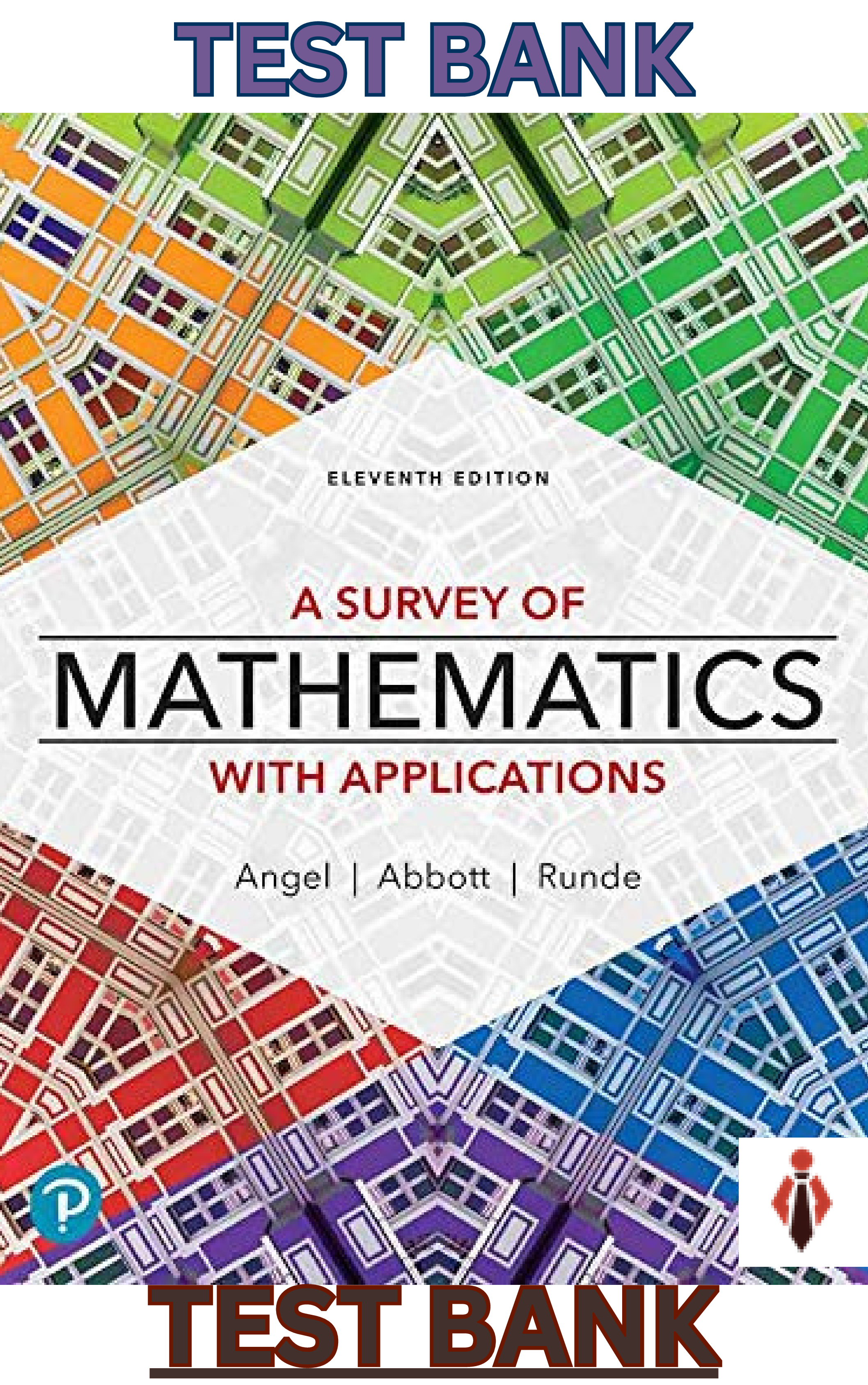
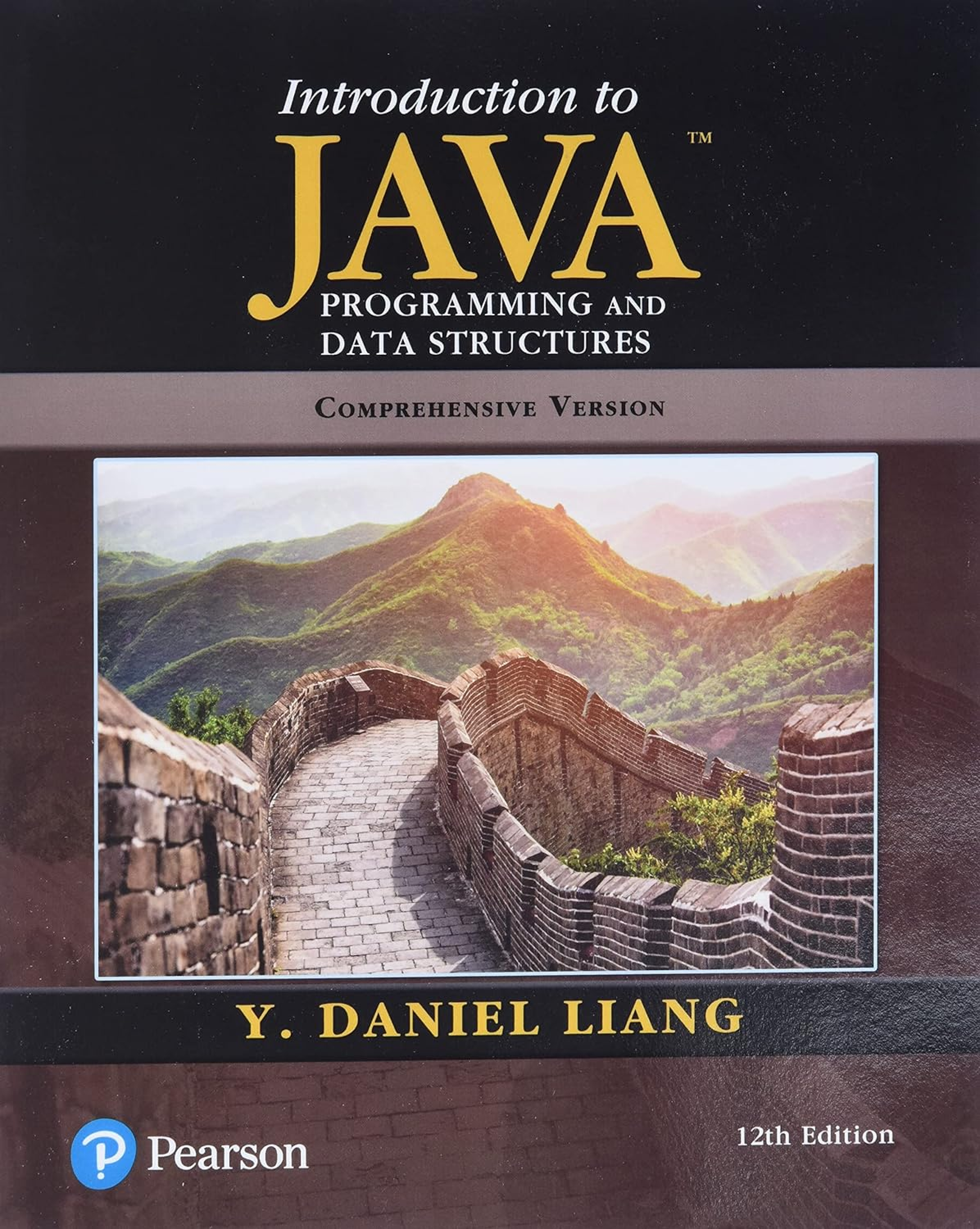

.png)

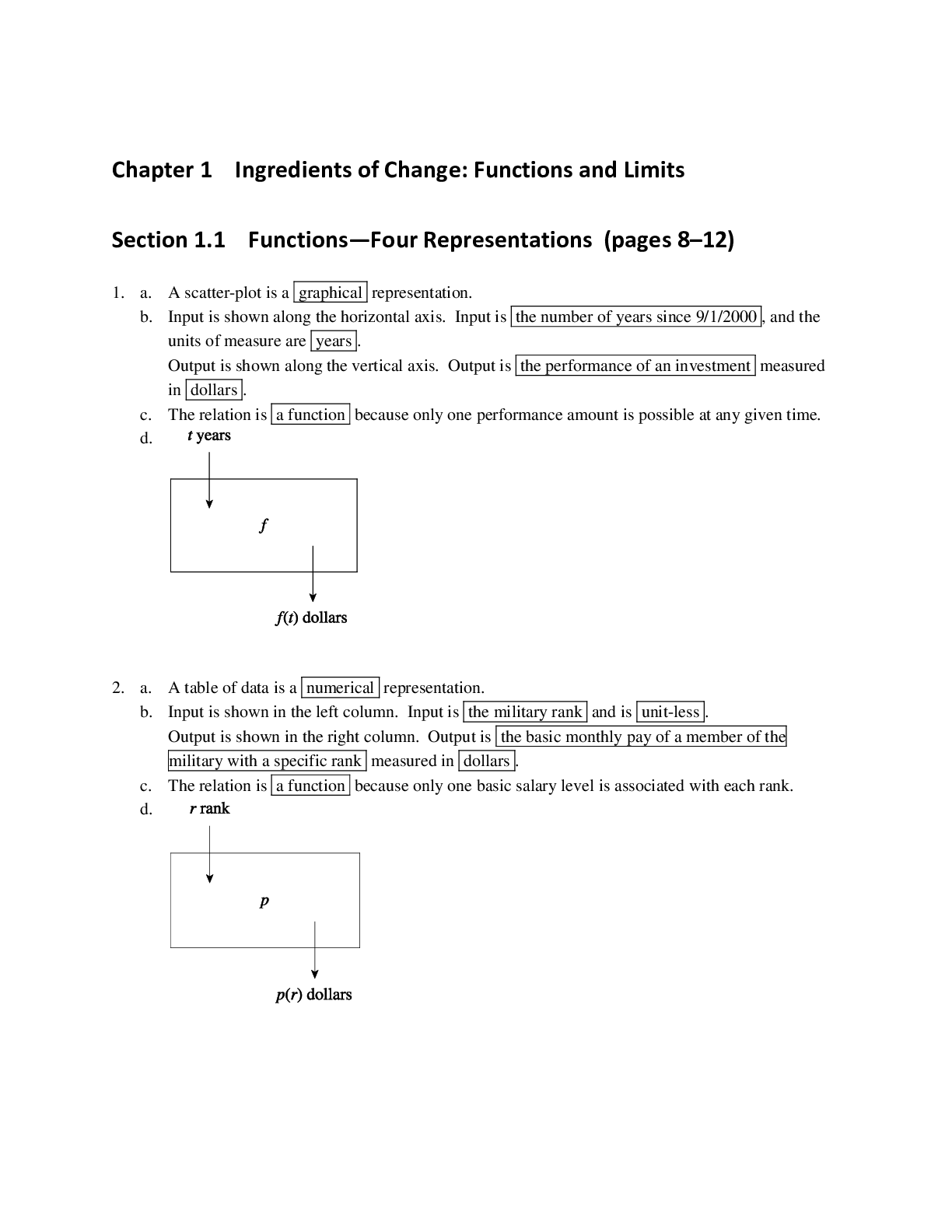
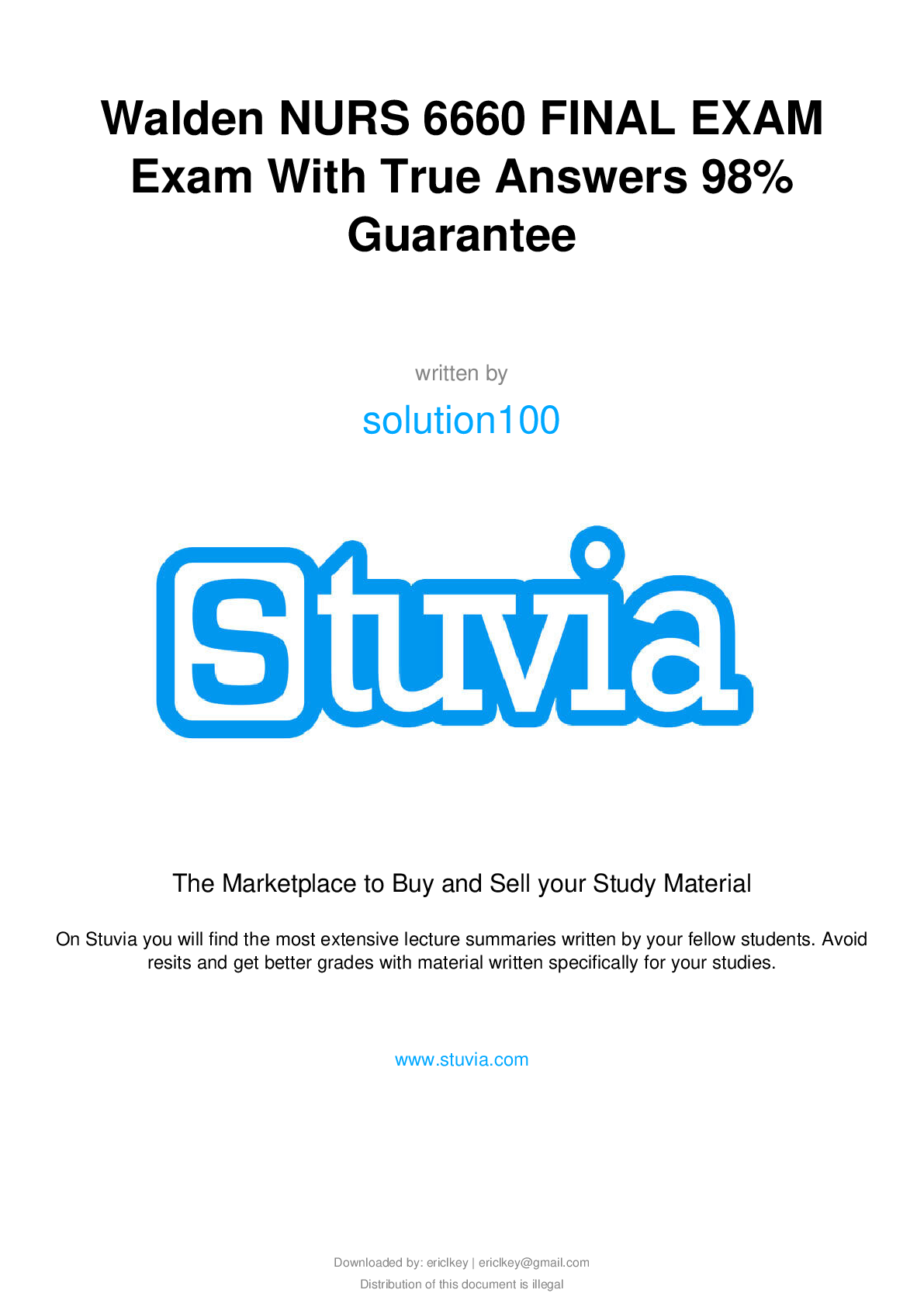






![Preview image of [eBook] [PDF] Introduction to Law for Paralegals A Critical Thinking Approach 7th Edition By Currier, Eimermann document](https://scholarfriends.com/storage/[eBook] [PDF] Introduction to Law for Paralegals A Critical Thinking Approach 7e Currier, Eimermann.png)


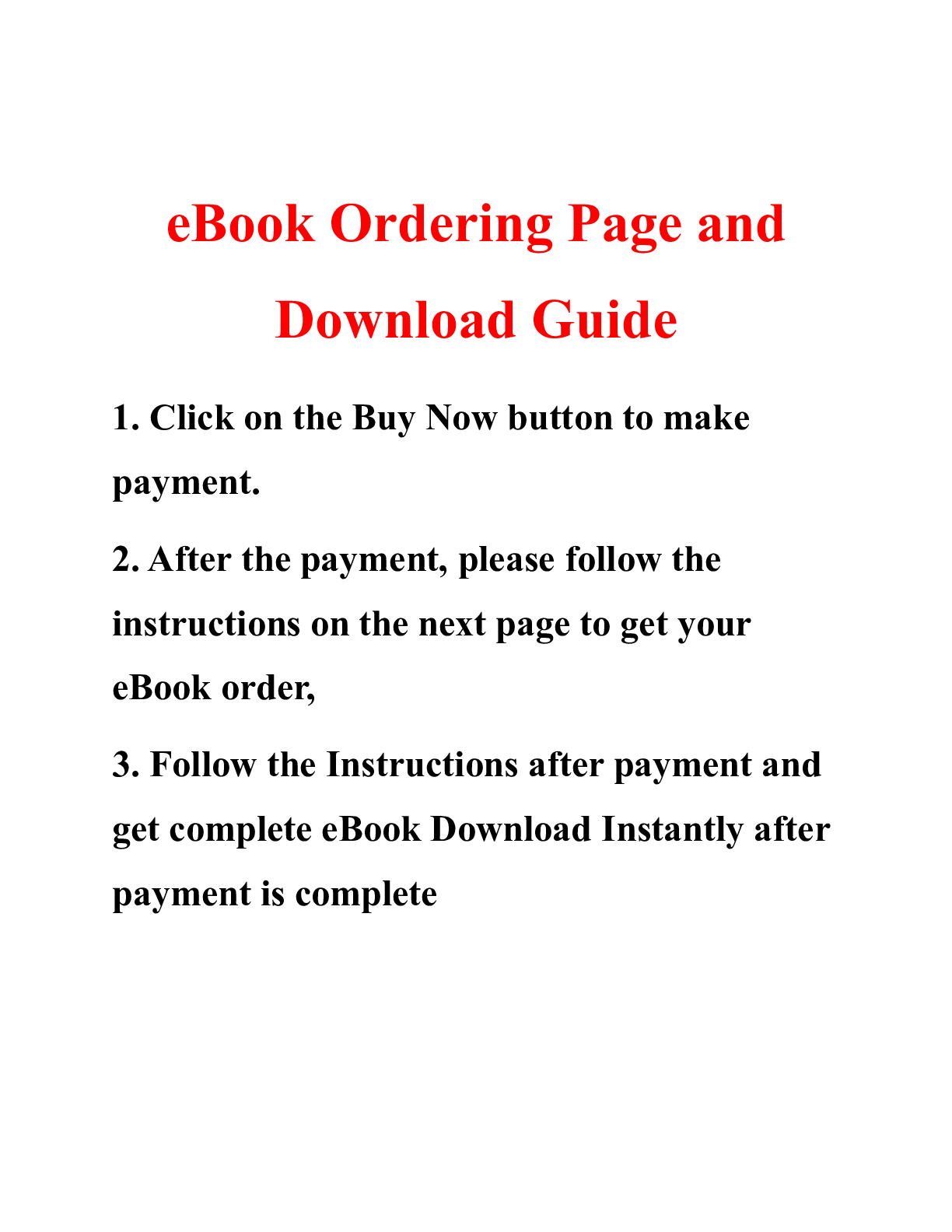
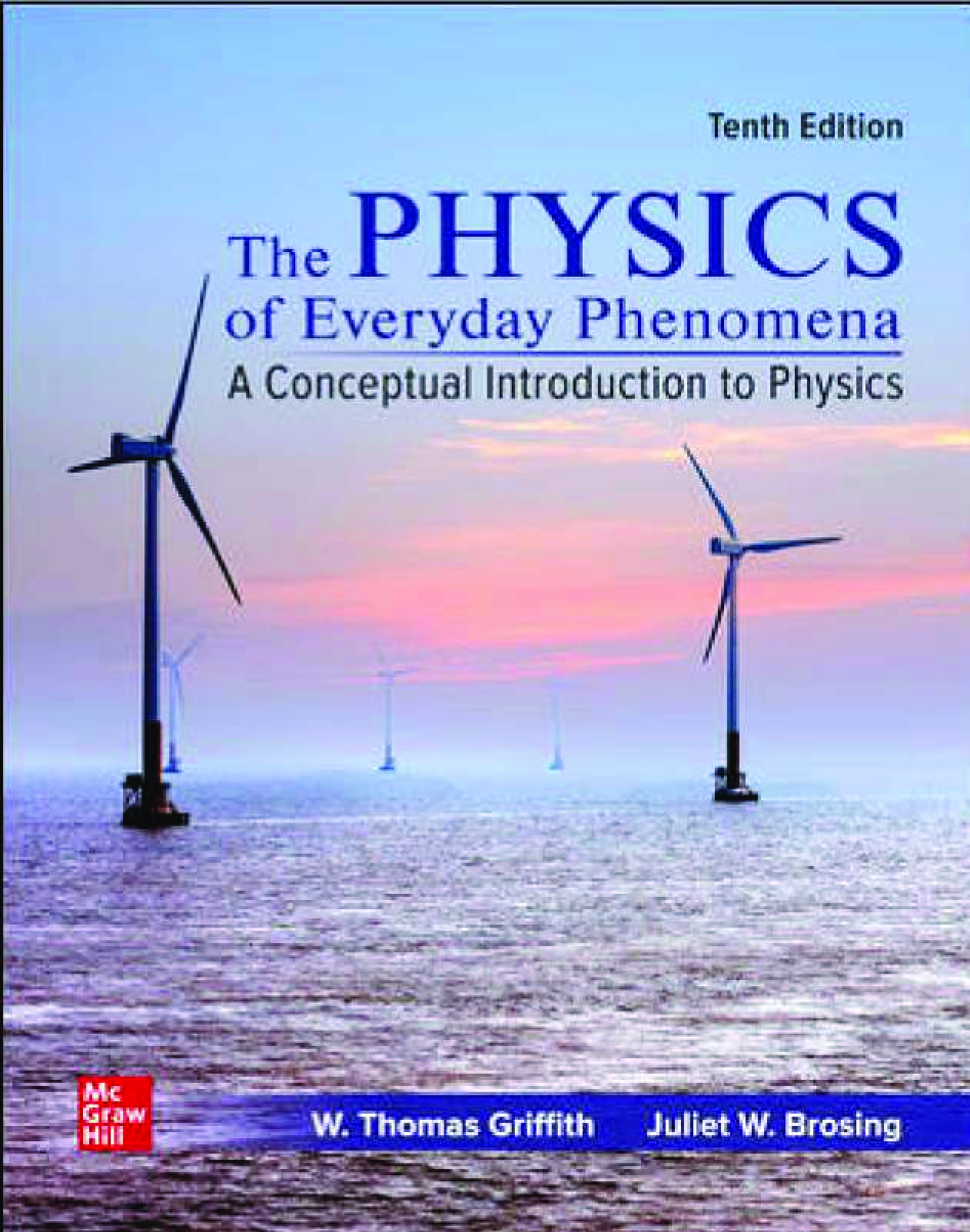

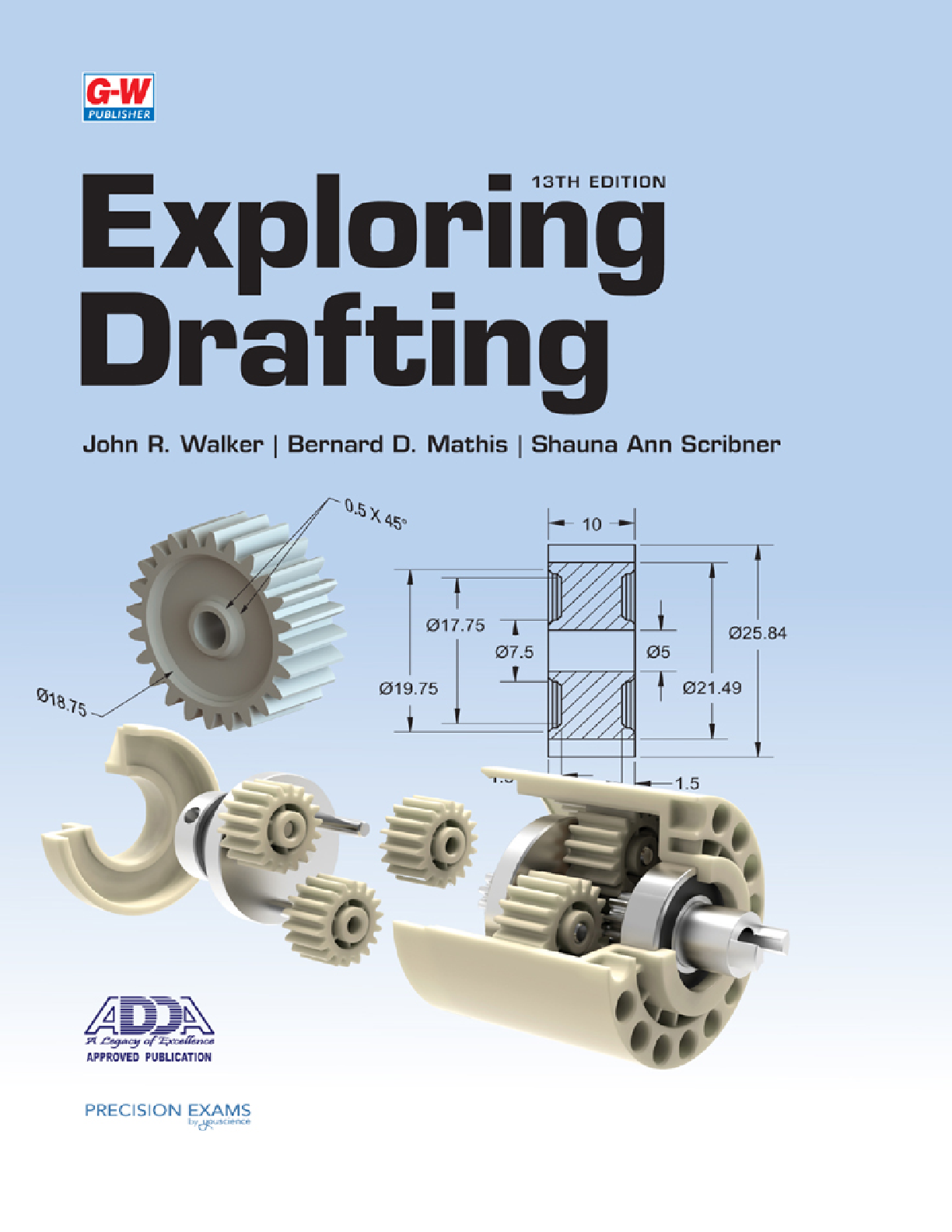
 Gary Donell, Clarence Byrd, Ida Chen.png)

